|
|
Publikacje
- Babczyński T., Kruczkiewicz Z., Magott J. (2005), Performance comparison of multi-agent systems. In: 4th International Central and Eastern European Conference on Multi-Agent Systems. Budapest, September 15-17, 2005, Lecture Notes in Computer Science, Lecture Notes in Artificial Intelligence, 2005, vol. 3690, 612-615.
- Babczyński T., Łukowicz M., Magott J. (2010a), Time coordination of distance protections using probabilistic fault trees with time dependencies, IEEE Transaction on Power Delivery, July, Vol. 25, No. 3, 1402-1409.
- Babczyński T., Łukowicz M., Magott J. (2010b), Selection of Zone 3 time delay for backup distance protection using probabilistic fault trees with time dependencies, Przeglą d Elektrotechniczny, Electrical Review, Vol. 86, No. 9, 208-215.
- Banaszak Z., Majdzik P., Wójcik R. (2008), Procesy współbieżne: modele efektywności funkcjonowania, Wydawnictwo Uczelniane Politechniki Koszalińskiej, Koszalin.
- Bocewicz G., Bach I., Wójcik R. (2009), Production flow prototyping subject to imprecise activity specification. Kybernetes, Vol. 38, No 7/8, 298-1316.
- Bocewicz G., Wójcik R., Banaszak Z. (2011), Towards cyclic scheduling of concurrent multimodal processes. In: Computational Collective Intelligence Technologies and Applications, 3rd International Conference, ICCCI 2011, Gdynia, Poland, Lecture Notes in Computer Science. Lecture Notes in Artificial Intelligence, Vol. 6922, 448-457.
- Bocewicz G., Wójcik R., Banaszak Z. (2009), On undecidability of cyclic scheduling problems. In: Knowledge science, engineering and management, 3rd International Conference, KSEM 2009, Vienna, Austria, Lecture Notes in Computer Science, Lecture Notes in Artificial Intelligence, Vol. 5914, 310-321.
- Cielecki L., Unold O. (2007), Real-valued GCS classifier system, Int. J. Appl. Math. Comput. Sci., 17 (4), 539-547.
- Jureczko M., Skrobanek P. (2010), Tool for analysis of the fault tree with time dependencies. Przegląd elektrotechniczny, Electrical Review, Vol. 86, No. 9, 179-183.
- Kubik T. (red.) (2011a), Komputerowe przetwarzanie wiedzy. Kolekcja prac 2009/2010 pod redakcją Tomasza Kubika, Wrocław.
- Kubik T. (red.) (2011b), Komputerowe przetwarzanie wiedzy. Kolekcja prac 2010/2011 pod redakcją Tomasza Kubika, Wrocław.
- Kubik T. (2011c), Role of Thesauri in the Information Management in the Web-Based Services and Systems. In: T. Nguyen, R. Kowalczyk (eds.) : Transactions on Computational Collective Intelligence III, Lecture Notes in Computer Science, Vol. 6560, 25-49.
- Kubik T. (2009), GIS rozwiązania sieciowe, Wydawnictwo Naukowe PWN, Warszawa.
- Kubik T., Iwaniak A. (2009), Information retrieval in the geodetic and cartographic documentation centers. In: N.T. Nguyen, R.P. Katarzyniak and A. Janiak (eds): New challenges in computational collective intelligence. Berlin; Heidelberg : Springer-Verlag, 95-100.
- Łukowicz, M., Magott, J., Skrobanek, P. (2011). Selection of minimal tripping times for distance protection using fault trees with time dependencies, accepted for publication in Electric Power Systems Research, doi:10.1016/j.epsr.2011.03.003.
- Maciejewski H., Ptak R. (2011), Analysis of geometric features of handwriting to discover a forgery. In: W. Zamojski, J. Kacprzyk, J. Mazurkiewicz, J. Sugier, T. Walkowiak (Eds.), Dependable Computer Systems, Advances in Intelligent and Soft Computing, Vol. 97, Springer, 145-154.
- Magott, J. (2005), Techniki opisu formalnego systemów informatycznych czasu rzeczywistego. Wydawnictwa Komunikacji i Łączności, Warszawa.
- Magott J., Skrobanek P. (2011), Timing analysis of safety properties using fault trees with time dependencies and timed state-charts, accepted for publication in Reliability Engineering and Systems Safety, doi:10.1016/j.ress.2011.09.004.
- Mężyk E., Unold O. (2011a), Mining Fuzzy Rules Using an Artificial Immune System with Fuzzy Partition Learning, Applied Soft Computing, 11 (2), 1965-1974.
- Mężyk E., Unold O. (2011b), Machine Learning Approach to Model Sport Training, Computers in Human Behavior, 27 (5), 1499-1506.
- Piasecki M. (2011), Application Programming: Mobile Computing, Wydawnictwo Printpap, Łódź.
- Troć M., Unold O. (2010), Self-adaptation of learning rate in XCS working in noisy and dynamic environments, Computers in Human Behavior, 27 (5), 1535-1544.
- Unold O. (2010), Self-adaptive learning classifier system, Journal of Circuits, Systems, and Computers, 19(1) 275-296.
- Unold O., Troć M. (2010), Self-adaptation of Parameters in a Learning Classifier System Ensemble Machine, Int. J. Appl. Math. Comput. Sci., 20(1), 157-174.
- Unold O., Jaworski M. (2010), Learning context-free grammar using improved tabular representation, Applied Soft Computing, 10 (1), 44-52.
- Unold O., Tuszyński K. (2008), Mining Knowledge from Data using Anticipatory Classifier System, Knowledge-Based Systems, 21 (5), 363-370.
- Unold O. (2006), Ewolucyjne wnioskowanie gramatyczne, Monografia nr 29, Oficyna Wydawnicza Politechniki Wrocławskiej, Wrocław.
- Skrobanek P. (red) (2011) Intrusion detection systems, InTech.
- Walkowicz E., Unold O., Maciejewski H., Skrobanek P. (2011), Zoometric indices in Silesian horses in the years 1945-2005, Ann. Anim. Sci., Vol. 11, No. 4 (2011) 555-565.
- Wilkosz K., Kruczkiewicz Z. (2011), Multiagent-system oriented models for efficient power system topology verification. In: Intelligent information and database systems, 3rd International Conference ACIIDS 2011, Daegu, Korea, Pt. 1, Lecture Notes in Computer Science, Lecture Notes in Artificial Intelligence, 2011, Vol. 6591, 486-495.
- Wilkosz K., Kruczkiewicz Z., Rojek T. (2009), Multiagent systems for power system topology verification. In: Intelligent data engineering and automated learning, 10th International Conference IDEAL 2009, Burgos, Spain, Lecture Notes in Computer Science, Vol. 5788, 815-822.
|
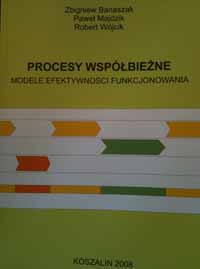
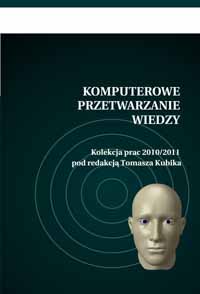
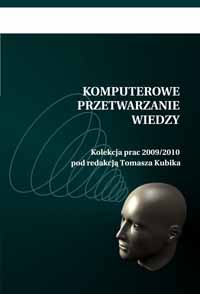
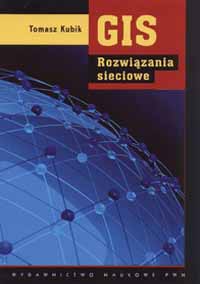
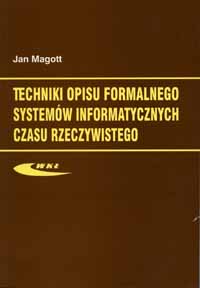
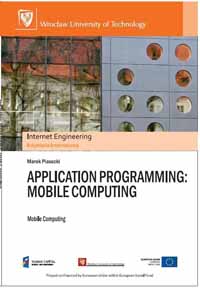
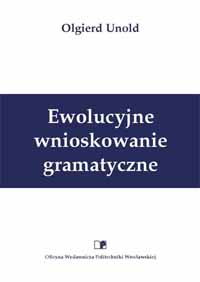
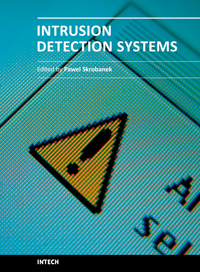
|
|
 Politechnika Wrocławska, Zespół Inżynierii Oprogramowania i Inteligencji Obliczeniowej
Politechnika Wrocławska, Zespół Inżynierii Oprogramowania i Inteligencji Obliczeniowej







